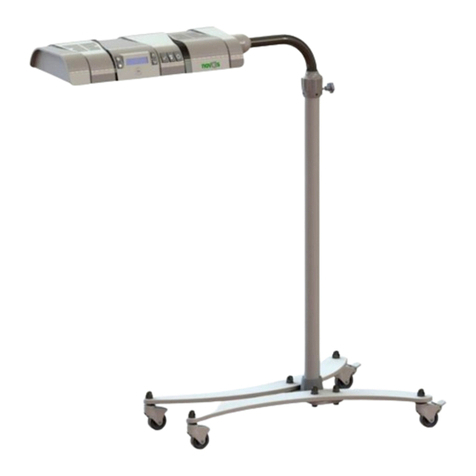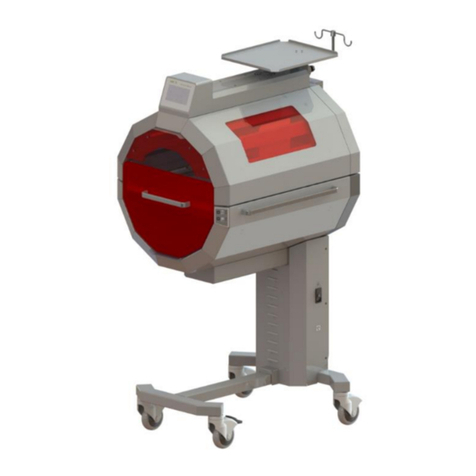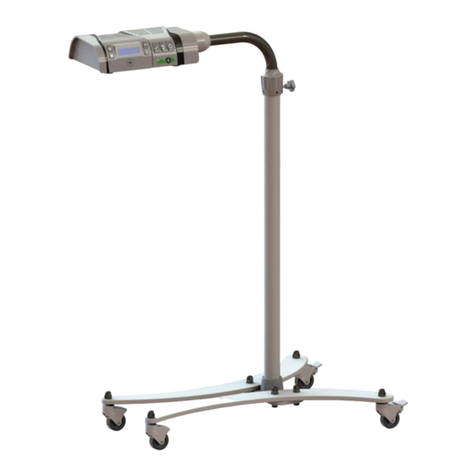NVS.S9.KK01/Rev.06/06.04.2021
5.6.3. Setting the Expanded Oxygen Concentration Target Point ...................................................................... 54
5.6.4. Calibration of Oxygen Sensors.................................................................................................................. 55
5.6.5. Oxygen Mode Alarms ............................................................................................................................... 57
5.7. Use of Smart Weighing Option........................................................................................................................... 58
5.7.1. Starting the Weighing Procedure ............................................................................................................. 58
5.8. Alarms and Warnings ......................................................................................................................................... 60
5.9. Trend Indication ................................................................................................................................................. 61
5.9.1. Setting the Graphic Type and Duration (Zoom)........................................................................................ 62
5.10. Patient History Records ............................................................................................................................ 63
5.10.1. Viewing Patient History ...................................................................................................................... 63
5.11. Standby Mode .......................................................................................................................................... 65
5.12. Selecting Accessible Modes...................................................................................................................... 66
5.13. Settings..................................................................................................................................................... 67
5.13.1. Configuring Date/Time Settings ......................................................................................................... 68
5.13.2. Configuring System Settings............................................................................................................... 69
5.13.3. Configuring Alarm Settings................................................................................................................. 69
5.13.4. Service Settings................................................................................................................................... 70
5.14. Screen Lock............................................................................................................................................... 70
5.15. Height Adjustment.................................................................................................................................... 71
5.16. Shutting Down KI 1000 ............................................................................................................................. 72
6. Routine Cleaning and Maintenance ....................................................................................................................73
6.1. Cleaning and Disinfection................................................................................................................................... 73
6.1.1. Measures ...................................................................................................................................................... 73
6.1.2. Removal of Incubator Components for Cleaning Purposes...................................................................... 74
6.1.3. Cleaning and Disinfection Procedure ....................................................................................................... 76
6.1.4. Changing Air Filter .................................................................................................................................... 77
6.1.5. Cleaning Skin Probe .................................................................................................................................. 80
6.2. Maintenance List ................................................................................................................................................ 81
6.3. Disposal of the Incubator ................................................................................................................................... 81
6.3.1. Disposal of the Air Filter ........................................................................................................................... 81
6.3.2. Disposal of the O2Sensors........................................................................................................................ 81
6.3.3. Disposal of the Incubator ......................................................................................................................... 81
7. Troubleshooting ..................................................................................................................................................82
7.1. Error Messages................................................................................................................................................... 82
8. Annexes...............................................................................................................................................................83
8.1. Technical Specifications...................................................................................................................................... 83
8.1.1. Device Classification ................................................................................................................................. 83
8.1.2. Environmental Requirements....................................................................................................................... 83
8.1.3. Electrical Properties.................................................................................................................................. 83






























